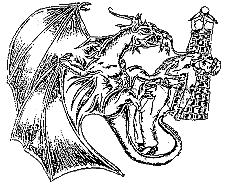 Black Guerrilla Family logo, a reference to "The Dragon" George Jackson | |
| Founded | 1966 [1] |
|---|---|
| Founder | George Jackson [2] |
| Founding location | San Quentin State Prison, California, United States [2] |
| Years active | 1966–present |
| Territory | California and Maryland [1] |
| Ethnicity | African American [1] |
| Membership (est.) | 100–300 members [1] [3] Thousands of associates [3] |
| Activities | Drug trafficking, burglary and homicide [1] |
| Allies | Current: Black Disciples [2] Bloods [2] Crips [2] Dead Man Incorporated [4] El Rukn [2] KUMI 415 [5] Norteños [1] Nuestra Familia [2] Historical: Black Liberation Army [2] Symbionese Liberation Army [2] Weather Underground [2] |
| Rivals | Aryan Brotherhood [2] Aryan Brotherhood of Texas [2] Mexican Mafia [2] Texas Syndicate [2] |
| This article is part of a series on |
| Black power |
|---|
 |
The Black Guerrilla Family (BGF, also known as the Black Gorilla Family, [6] [7] the Black Family, [8] the Black Vanguard, [9] and Jamaa [8] ) is an African American black power prison gang, street gang, and political organization founded in 1966 by George Jackson, George "Big Jake" Lewis, and W.L. Nolen while they were incarcerated at San Quentin State Prison in Marin County, California. [10]